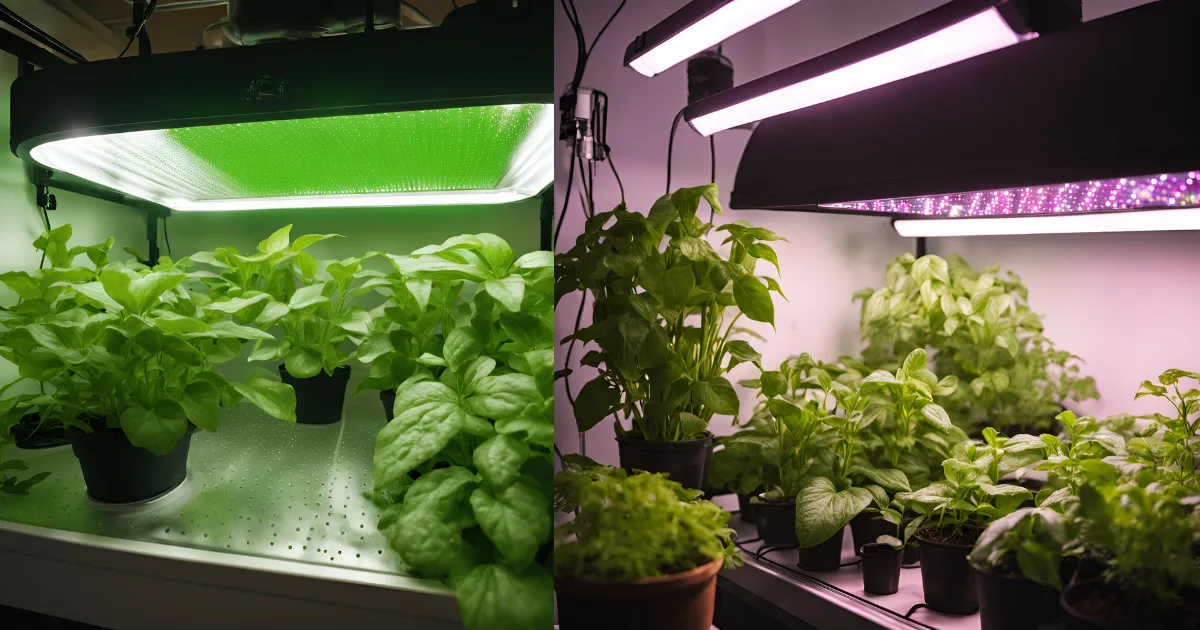
How to Control Humidity in a Grow Tent 🌿
Controlling humidity in a grow tent might sound like a small detail in the grand scheme of indoor gardening, but if there’s one lesson I’ve learned over the years, it’s that paying close attention to environmental factors can make all the difference between a thriving, productive grow and a disappointing one. Humidity is one of those subtle variables that often flies under the radar for beginners, who might assume that as long as their plants have light, water, and nutrients, they’ll flourish. The truth is, humidity plays a crucial role in plant health, growth rate, nutrient uptake, and disease prevention. Get it right, and your plants reward you with lush foliage, vigorous growth, and abundant yields. Get it wrong, and you might find yourself contending with everything from sluggish growth to moldy buds or wilted leaves.
I still remember the first time I set up a dedicated grow tent. I thought I had all the bases covered: I’d chosen the right lights, picked a good soil mix, and even installed a small fan for air circulation. But I hadn’t given humidity more than a passing thought. A few weeks in, I noticed that my plants seemed stunted, their leaves curling at the edges. Upon closer inspection, I realized my grow environment was as dry as a desert. Since then, I’ve made a point of deeply understanding humidity’s role in a controlled grow environment. Now, I want to share what I’ve learned—both the fundamentals and the practical techniques—to help you master this essential aspect of indoor gardening.
Why Is Humidity So Important?
At its core, humidity refers to the amount of water vapor in the air. Plants, through a process called transpiration, release moisture from their leaves into the surrounding air. At the same time, they absorb water through their roots. If the air around them is too dry, they lose more moisture than they can comfortably replace, causing stress. If the air is too humid, moisture may condense on leaves and buds, creating perfect conditions for mold, mildew, and other pathogens. Different plants have different humidity preferences, and different stages of growth—seedling, vegetative, flowering—also call for distinct humidity ranges.
Ideal Humidity Ranges for Different Growth Stages
- Seedlings and Clones: 65–75% humidity. Higher humidity supports moisture absorption through leaves since root systems are underdeveloped.
- Vegetative Stage: 50–60% humidity. This promotes balanced growth without encouraging diseases.
- Flowering Stage: 40–50% humidity. Lower humidity reduces the risk of mold and ensures healthy fruit or flower development.
These are general guidelines. If you’re growing leafy greens or herbs, the ranges may vary. Always research the specific needs of your plants.
Tools and Strategies for Humidity Control
1. Monitoring with a Hygrometer
Invest in a reliable hygrometer—preferably digital—with a canopy-level probe. Monitoring patterns (e.g., nighttime spikes or post-watering dips) allows for informed adjustments.
2. Ventilation
Good airflow is your first defense against humidity extremes. Use:
- Exhaust Fans: Remove excess moisture.
- Oscillating Fans: Distribute air evenly, preventing moist pockets.
- Speed Controllers: Adjust airflow as needed.
3. Using a Dehumidifier
For persistently high humidity:
- Portable Units: Affordable and effective for small grow spaces.
- Built-in Humidistats: Automate moisture removal for consistent levels.
4. Boosting Humidity with a Humidifier
For overly dry conditions:
- Use trays of water, damp towels, or ultrasonic humidifiers.
- Clean regularly to prevent mold or bacterial buildup.
5. Temperature-Humidity Relationship
- Warm air holds more moisture; cooler air holds less.
- Adjust temperature to indirectly influence humidity levels.
6. Managing Plant Density
Crowded plants increase transpiration, raising humidity. Use techniques like:
- Low-stress training (LST)
- Thinning foliage
- Pruning lower leaves for better airflow
7. Watering Practices
Overwatering contributes to excess humidity. Water less frequently and observe how levels stabilize.
8. Using VPD (Vapor Pressure Deficit)
Maintain optimal VPD ranges to balance transpiration and nutrient uptake. Use charts to adjust temperature and humidity according to growth stages.
Preventing Diseases with Humidity Management
Humidity control isn’t just about plant growth; it’s also key to preventing diseases like:
- Powdery Mildew
- Botrytis (Gray Mold)
Combine moderate humidity with good ventilation and pruning for healthier plants.
Budget-Friendly Tips
- Use damp towels or water bowls for quick humidity boosts.
- Address humidity at the room level with a dehumidifier.
- Repurpose household items like buckets for cost-effective solutions.
Conclusion
Controlling humidity in a grow tent is part art, part science. By combining tools like hygrometers, dehumidifiers, and humidifiers with an understanding of plant needs, you can create the perfect microclimate. Over time, you’ll develop an intuitive sense of how to tweak conditions, ensuring lush growth and bountiful harvests.
Happy gardening, and may your grow tent become a thriving paradise! 🌱